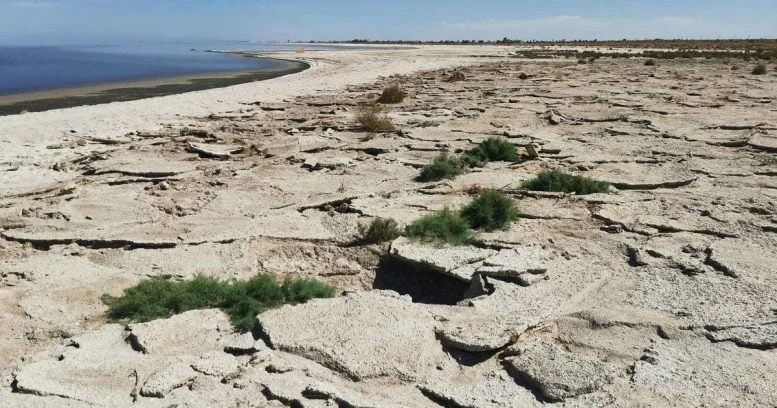
California’s Largest Lake Dries Up: Startling Consequences
California's largest lake, the Salton Sea, is facing a dire situation as it continues to shrink at an alarming rate. This environmental crisis is not only affecting the local ecosystem but also posing significant health risks to nearby communities. The Salton Sea, once a thriving body of water, is now witnessing a drastic reduction in its size due to a combination of factors including reduced agricultural runoff and increased evaporation rates.
The shrinking lake has led to the exposure of a dry lakebed, which is laden with toxic dust. This dust, containing harmful chemicals and pesticides, is being blown into the air, affecting air quality and leading to respiratory issues among residents in the surrounding areas. The situation is particularly severe in the Imperial and Coachella Valleys, where the air quality has deteriorated significantly.
Scientists and environmentalists are sounding the alarm, warning that if action is not taken soon, the consequences could be catastrophic. The loss of the lake could lead to the extinction of several species of fish and birds that rely on it for their habitat. Moreover, the economic impact on the region could be substantial, as tourism and agriculture, two major sectors, are likely to suffer.
The state of California is grappling with how to address this crisis. Various proposals have been put forward, including refilling the lake with water from the Sea of Cortez or implementing large-scale dust suppression projects. However, these solutions come with their own set of challenges and costs, making the path forward uncertain.
As the Salton Sea continues to dry up, the need for immediate and effective action becomes more pressing. The situation serves as a stark reminder of the broader challenges posed by climate change and the urgent need for sustainable environmental management.
